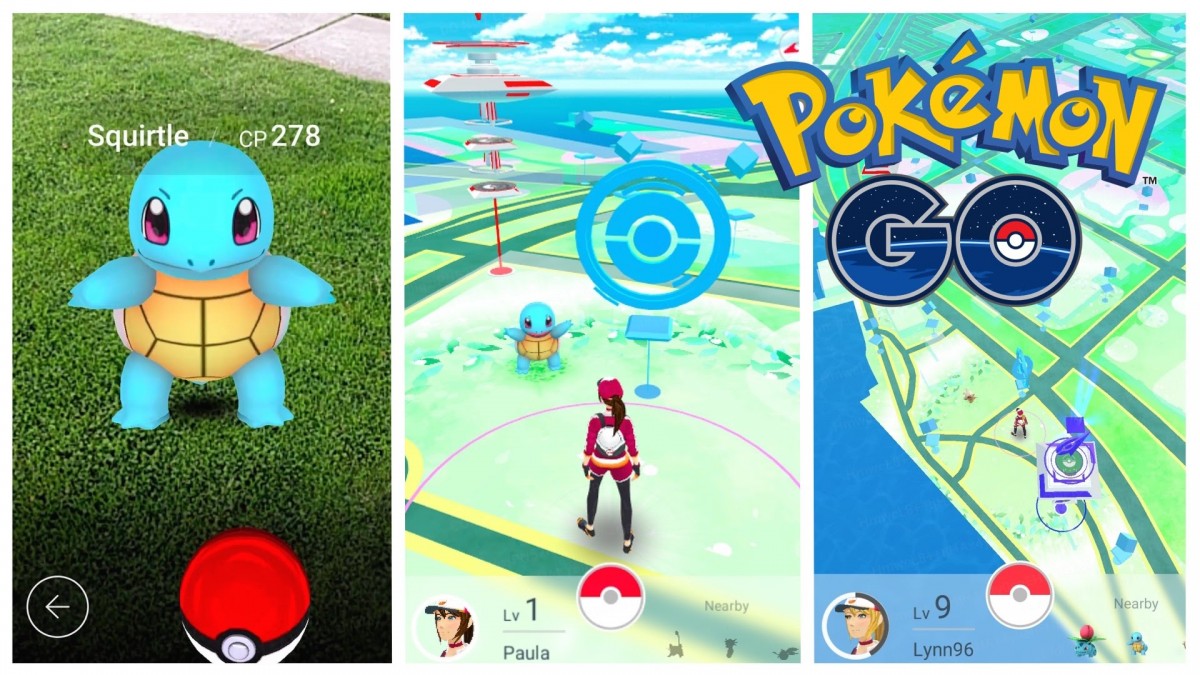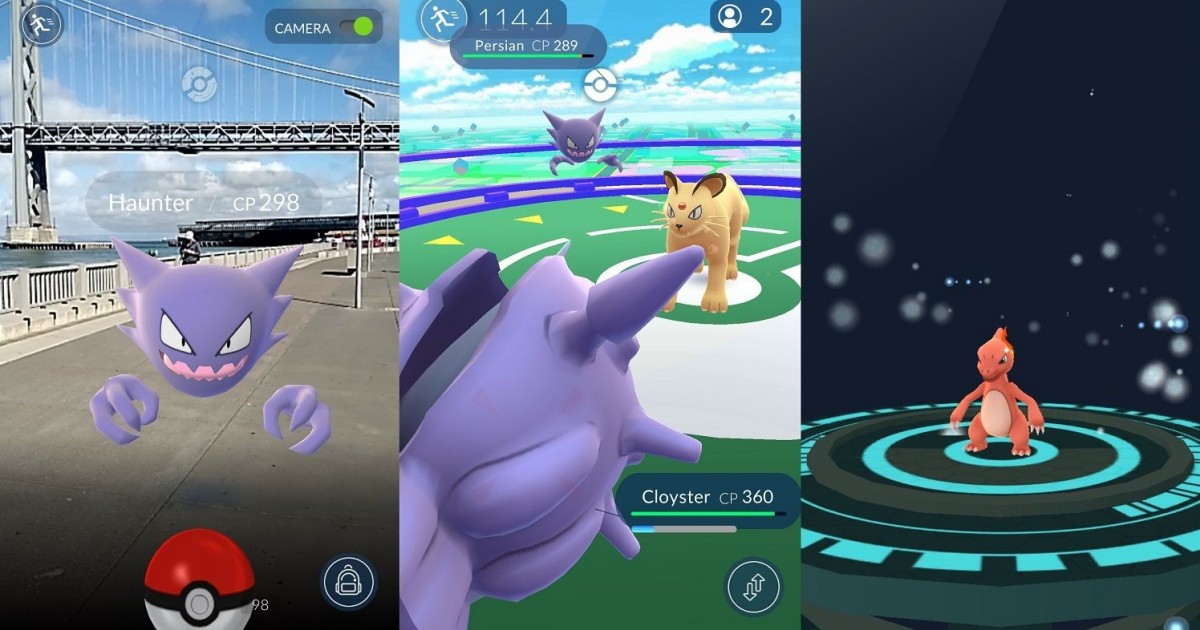If you’re a 20-something who witnessed the mind blowing Pokémon cartoon series, game or cards game in the nineties and early 2000s, then surely you’ve heard about the viral Pokémon Go game. The game has taken the world by storm and forced people to hit the streets searching for Pokémon.
From a marketing perspective, it is every marketer’s dream for their product or service to go viral and that’s what has happened with this game. But this wasn’t an overnight success, because the marketing team behind the game used effective marketing tactics that helped them deliver their message quickly and without spending lots of money.
Linking Nostalgia with the Modern World
Back in the 2000s, Pokémon became a phenomenon that many were hooked on. Yet, modern ways to get us hooked back on to Pokémon were not very effective.
The game team used the same characters, story and plot but with a different, 2016, touch. Now we have the remarkable Pikachu linked to our smart phones and we can catch ’em all using GPS.
Word of Mouth Advertising

We don’t know the marketing budget for the game, but surely word of mouth, which doesn’t cost any money, was leveraged to encourage the game’s virality. Personally and similar to most of us, I knew about the game from social media, as my friends on Facebook were posting about it and taking screenshots from the game.
This encouraged me to test out the game myself. Afterwards, news outlets and websites starting talking about the game too to gain traffic, explaining how to play it and writing about other topics that Pokémon lovers want to read about.
The Importance of Timing
Imagine the game being launched in January when it’s freezing cold in many parts of the world. No one will be hitting the streets walking for hours trying to catch Pokémon. It was crucial that the game was launched at the beginning of the summer when school is out and festivals start, especially given that the game’s target audience are out most of the time during summer.
Keeping Loyal Customer

Pokémon Go developers made important engaging features that helped users keep coming back to the app. For starters, Pokémon appear randomly, meaning users will have to come back to the game if they hope to catch them all. Moreover, as you catch more Pokémon, you level up and earn new rewards such as lure modules to use at real-life Pokestops across the world.
Paid Advertising is Not Always Important
Of course this depends on your product or service, but Pokémon Go proved that the marketing rule that says you must have a paid advertising strategy in order to reach potential customers, is not essential.
Few users were bombarded with Pokémon Go advertising, which was presented in the form of a video trailer, yet, the game continues to achieve more daily active users than Twitter. The lesson learned here is that it is important to focus on engaging with a community and connecting your product or service to them.






Comments (0)